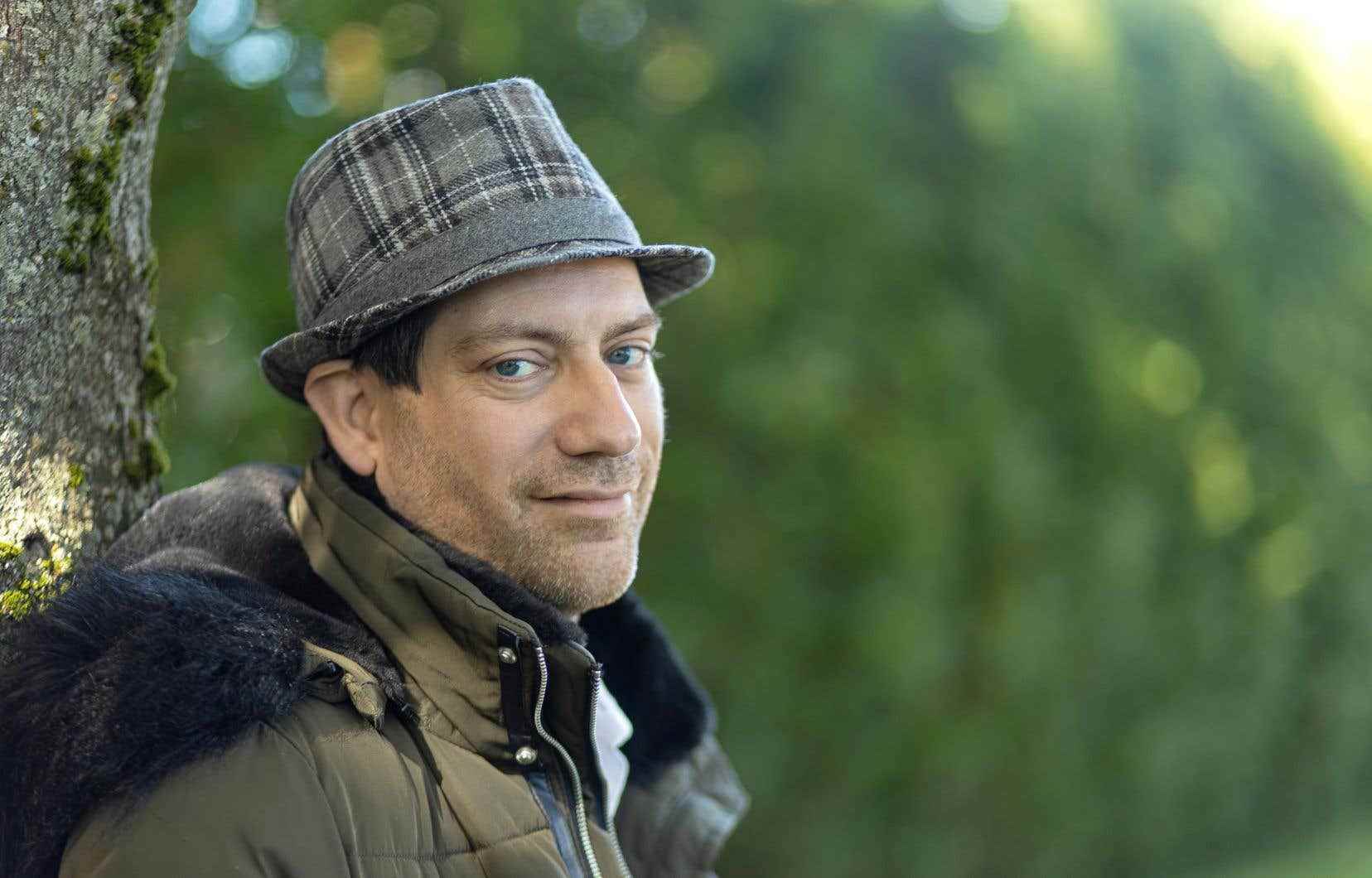In his latest collection, The faces of the earth, Louis-Karl Picard-Sioui wrote, for the first time, 15 poems in Wendat. “I didn’t translate them, I wrote them directly in Wendat,” says the writer and playwright, who is also director of the First Nations Book Fair, which runs until November 20 in Quebec City. “It took me two full-time weeks for each poem. »
A dormant language for more than a century, Wendat is reappearing in the Wendake community, in particular thanks to the Yawenda program, which means “voice”, which the writer, ethnologist and host Isabelle Picard launched in 2007 with the director of the Wendake elementary school at the time, Yves Sioui, and the anthropologist professor at Laval University Louis-Jacques Dorais.
Thursday evening, on the stage of the Salle Multi, the Wendat words of Louis-Karl Picard-Sioui were part of Kwatendotonnionhkthe First Nations Book Fair kickoff show.
This fair, which celebrates its 11e edition this year, testifies to the vitality of Aboriginal literature. And Louis-Karl Picard-Sioui, who likes to experiment, appreciates the flexibility of this specialized fair, which welcomes around twenty authors, from the best known to newcomers. “There is a more experimental axis”, he says, mentioning in particular the piece designed from the novel Welcome, Alyson, by Innu author JD Kurtness, created especially for the Salon. ” It’s a novella very punk,” he says of this book, which mixes aliens and mind-altering mushrooms with a story of disappearance and the end of the world in Alma.
We therefore meet in this event, which takes place in particular at the House of Literature and the Morrin Center, authors with extremely varied profiles.
The end of a world
Very dignified with his long gray hair, Raphaël Picard, who has long been the leader of the Innu community of Pessamit, presented the two novels he published on his own account, Nutshimit, inland of lands and mindsand Nutshimit, the white of partridges and perils. “Nutshimit integrates all the elements of nature, the rivers, the flora, the fauna, the sky, the resources. Everything there is to survive. It’s called the upper frame of aboriginal law,” he explains.
These stories, they came to him from his frequentation, many years ago, from the end of a world. “Me, I witnessed a world that turned upside down, that changed in the 1950s. I saw the world of our parents, our grandparents, change. Industrialization was coming, and we were at the door of another life, of another society. Me, I had the chance to see this world, the old world, of my parents and my grandparents, and of the great chiefs of traditional territory. »
For her part, Isabelle Picard has just published Nish volume 2. The northern lights, which is aimed at young people aged 10 to 12. In an interview with Sylvie Nicolas, she gave details, Friday morning, on this story of twins who must leave their community of Matimeksuhm, near Schefferville, to go and live in Wendake. Series Nish could soon be brought to the screen. Another discussion focused on the new book by Myriam St-Gelais, A History of Innu Literaturepublished by Imaginaire Nord in collaboration with the Tshakapesh Institute.
For Louis-Karl Picard-Sioui, the First Nations Book Fair continues its role as a beacon in the emergence and development of Aboriginal literature. To those who ask him if there is still reason to hold this specialized book fair, when Aboriginal literature is in full swing, he replies: “All I can tell you is that we are a beacon into the night, and that as long as the light is on, we know there will be room for First Peoples literature. »
